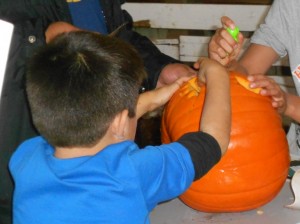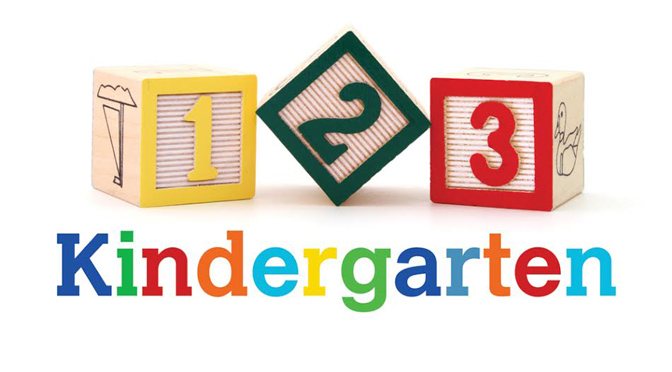Jack-o-lanterns light up more than Halloween night, they also light up lots of early childhood development, kindergarten readiness learning, and family fun.
For young children, jack-o-lanterns are quite magical. Suddenly, a plain pumpkin has eyes to see. Being a child is kind of like that. Children need parents and caregivers to help open their eyes to all the wonders around them. For example, a trip to the grocery store is very different when a parent brings all the colors, shapes, textures, and sizes to a child’s attention: “My goodness, those apples are red and those tomatoes are red, but they are not the same kind of red. Oh, and these potatoes? Did you know these are called red potatoes? What else do we see that is red?” Now, the child’s eyes take action and start eagerly searching for red. The child’s brain shifts learning gears and busily creates new connections.

Jack-o-lanterns also have noses. As humans, we experience the world through our senses. Stimulating a child’s sense of smell also stimulates brain growth. Did you know that a baby can smell before birth? Ask your child if the pumpkin has a smell before cutting a lid. How about when the pumpkin is open?
We don’t carve ears on the jack-o-lantern but adults also provide experiences for children to explore sounds. Think of all the sound effects of Halloween. Can you and your child make some of those sounds?
It might be that the jack-o-lantern wears such a great big smile so that he can both learn and use language. We use language to communicate with each other and to share information. Did you know that children have heard about 40 million words before they begin school?
As you and your child turn a pumpkin into a jack-o-lantern there will be lots of talking and sensory exploration. Jack-o-lanterns light up the night; does learning light up your child’s world?
